Copper Deficiency In Cannabis Plants
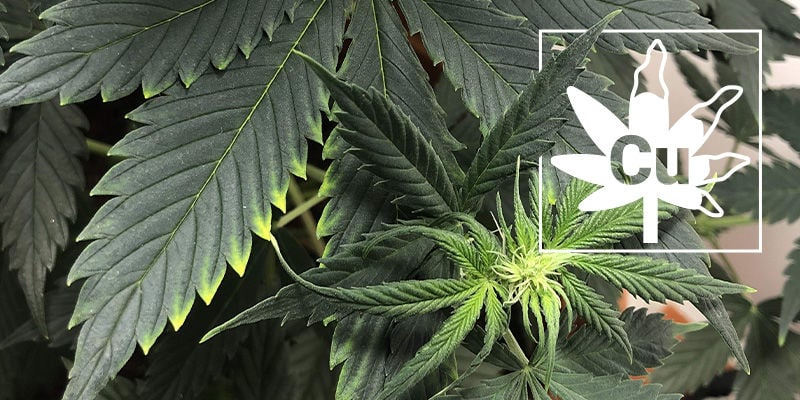
While cannabis plants only need trace amounts of copper to function properly, a deficiency will directly impair photosynthesis, which can inhibit bud growth and deteriorate the quality of your yield. However, there’s no need to despair if you find your plants showing symptoms of copper deficiency. Usually, the progression can be stopped quickly, and the causes are easily rectified.
What causes copper deficiency?
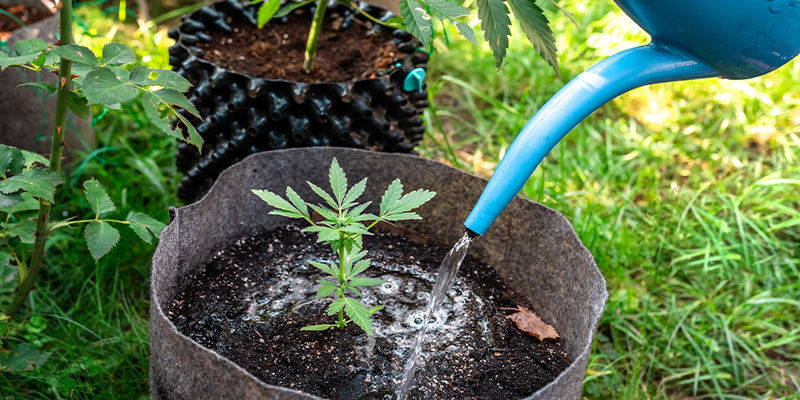
A weed plant only needs trace amounts of copper, and usually, plants get enough from the soil and/or water. Most commonly, copper deficiency can be attributed to pH imbalances or overwatering. The former can cause nutrient lockout, meaning the plant can no longer absorb copper, while the latter leaches the soil of trace elements.
The following factors can also inhibit your weed plants’ ability to absorb copper:
-
Excess micronutrients in the medium: If elements such as aluminium, manganese, or iron are excessively present, plants cannot absorb copper anymore.
-
Imperfect climate conditions: If levels of humidity, carbon dioxide, or the temperature are too high/low, copper absorption will be obstructed.
How to recognise copper deficiency
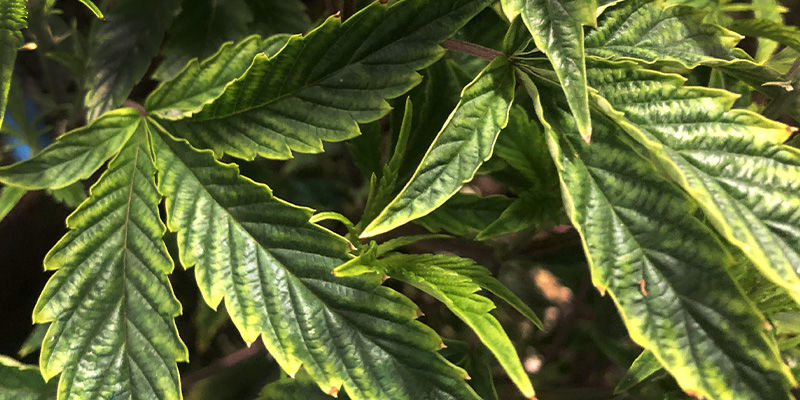
If you suspect a copper deficiency, look out for the symptoms below. Since copper is an immobile nutrient, symptoms usually show in the top leaves first.
- Dark purple/blue undertones in the leaves
- Shiny or metallic sheen on leaves, especially visible under direct light
- Leaves’ tips and edges discolouring into a bright yellow or white
- During the bloom stage, buds won’t ripen properly
Don’t worry; copper deficiencies in cannabis plants tend to build slowly, and you can rectify and stop them from spreading quite easily once you’ve caught it.
How to prevent copper deficiency
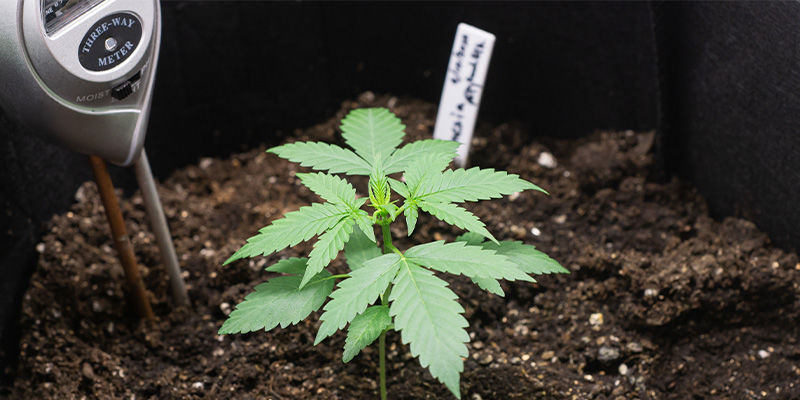
Keeping pH levels balanced is key. As mentioned above, copper is usually available in soil and/or water. So, a nutrient lockout caused by pH imbalances is the main culprit here. If you’re using soil, the pH level should be between 6.0 and 7.0. For hydro and soilless media, the ideal range is between 5.5 and 6.5.
Also, supply your plants with an optimal ratio of minerals to avoid excess elements such as iron, aluminium, or manganese.
However, some cannabis strains are prone to copper deficiency during the flowering stage and may need a small top-up to stop it from impacting bud growth. We'll get back to how you can supply that below.
Progress of copper deficiency
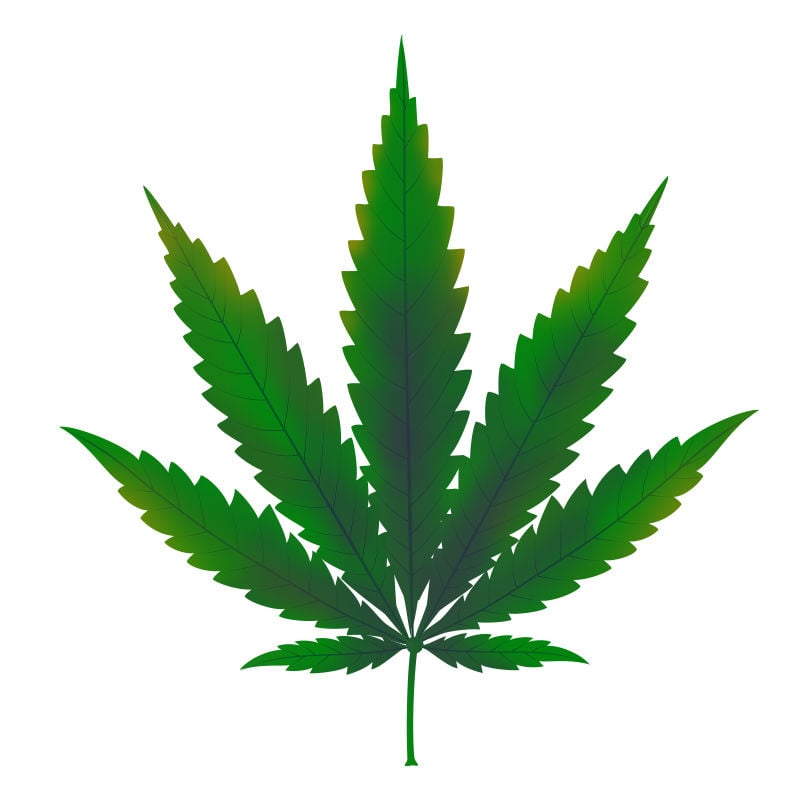
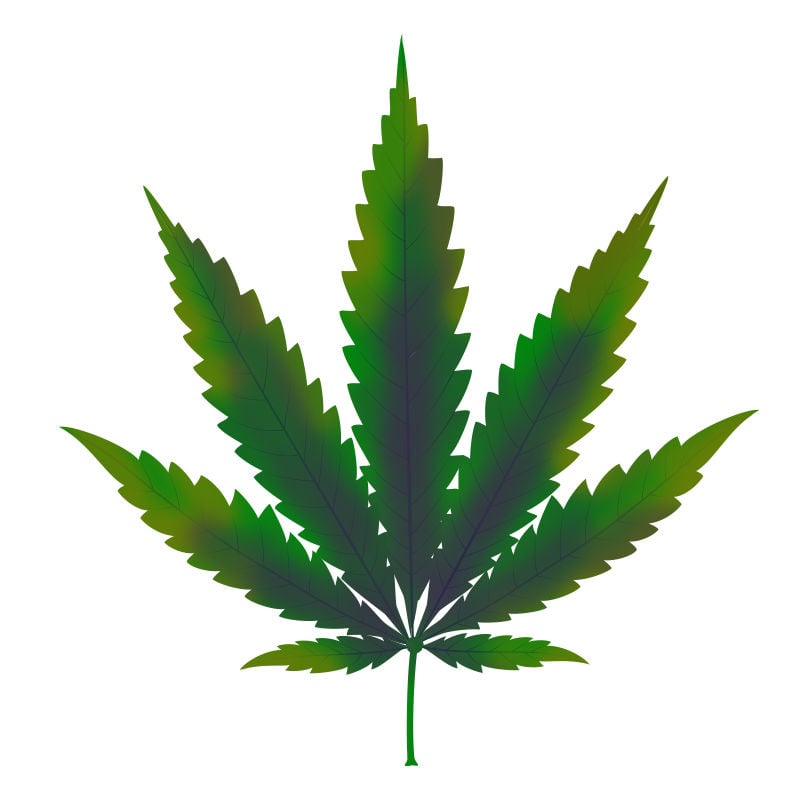
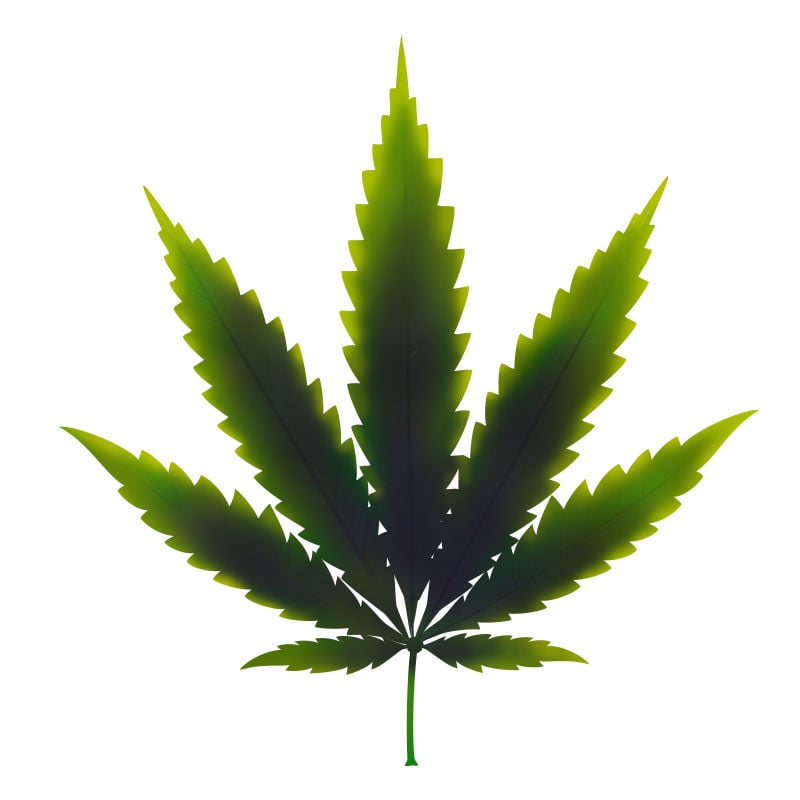
The blue/purple undertones begin to develop at the centre of the leaves, and subsequently progress outward. Usually, this affects leaves directly under the lights.
Then, the tips and edges will slowly turn yellow or white. Attention here—nutrient burn can also cause leaf tips to discolour or yellow. However, you should be able to tell the difference:
-
If nutrient burn is the issue, the yellowed leaf tips will soon turn brown and dry. This is not the case with copper deficiencies.
-
The rest of the leaves won’t darken from nutrient burn. The dark, sometimes blue/purple hues indicate copper deficiency.
Symptoms will first show in top leaves directly under the lights and are slow to spread to other areas.
However, the more leaves affected, the bigger the impact will be on the buds. If your plant suffers a copper deficiency, its ability to photosynthesise will deteriorate, which will directly impact the quality of your yield. If the issue manifests during the bloom stage, buds won’t ripen properly or will grow more slowly.
What copper deficiency looks like in cannabis plants
Distinguishing a copper deficiency from other nutrient issues can be challenging. The following pictures show real cannabis plants suffering copper deficiency. Use the imagery to get a clearer idea of what you’re looking for.
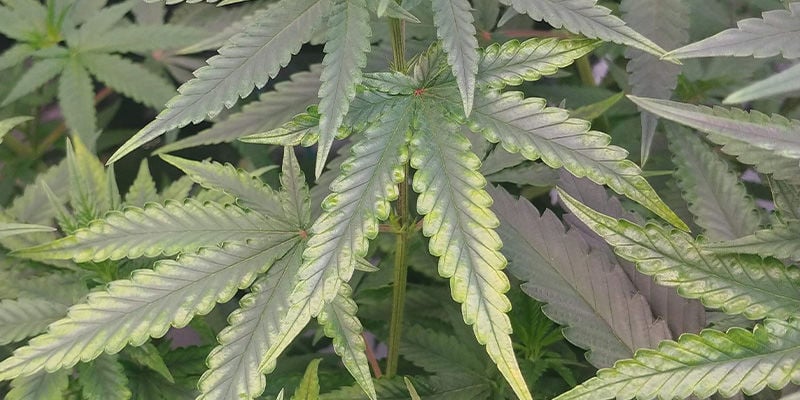
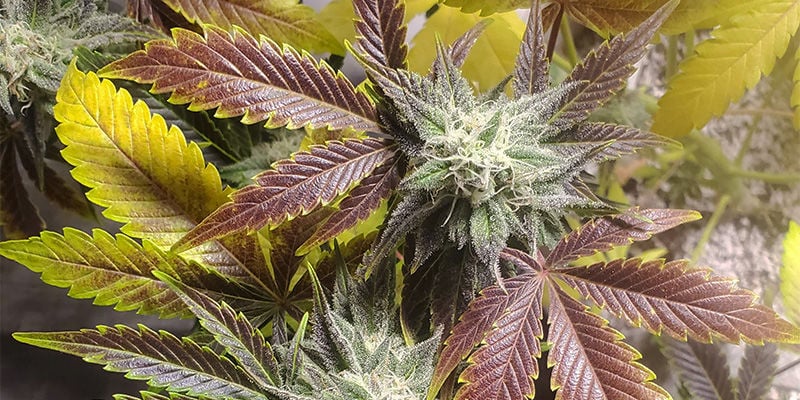
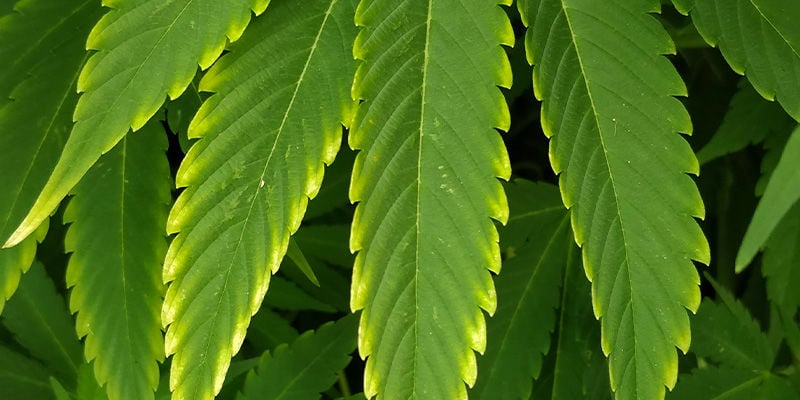
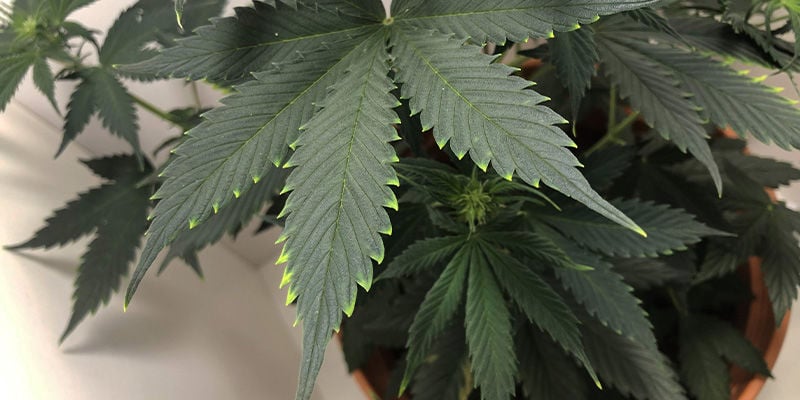
How to treat copper deficiency
As mentioned above, monitoring the pH level of the water and medium is crucial to preventing copper deficiencies. If there’s an imbalance, cannabis plants can’t absorb nutrients, even if there are plenty around.
✔️ Flushing — Get pH levels back on track
One of the main causes of a pH imbalance is an accumulation of salts and minerals in the soil. You can tackle this by “flushing out” these substances with pH-balanced water. Once the soil has been sufficiently flushed, be sure to add the correct ratio of nutrients to re-establish the health of the root zone.
✔️ Fight infections
If your weed plants are suffering from disease, use suitable organic pest control methods to get them healthy again.
✔️ Feed your plants some copper
Sometimes, a cannabis plant simply needs a little top-up. Consider using copper fungicides containing chelated copper and/or copper sulphate. These are available in gardening stores as well as online shops.
Don’t have any supplements at hand, but need to act swiftly? In a pinch, simply soak some copper coins (1p/2p in the UK) in water and apply it to your medium.
Another option is to treat your cannabis plants to some greensand, kelp, and compost. Often, that’s enough of a treatment to mitigate copper deficiency, and your plants will love it anyway.
Keep in mind that cannabis plants only need tiny amounts of copper, so there’s no need to overdo it—else you’ll have to mitigate copper toxicity next.
Is a cannabis copper deficiency really that bad?
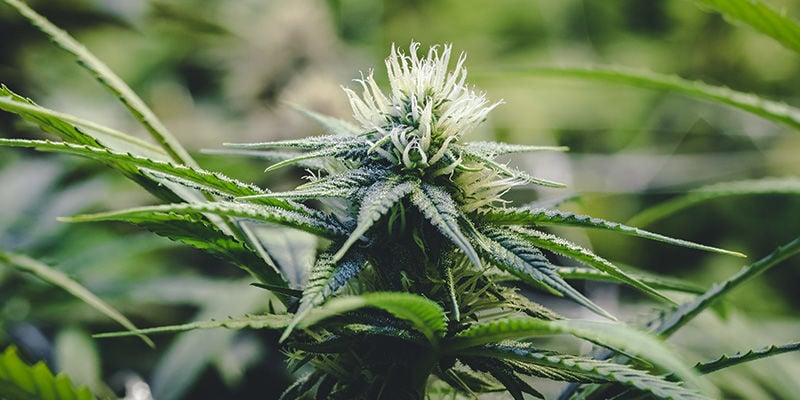
If you find your marijuana plants showing some of the abovementioned symptoms, there’s no need to despair. A slight copper deficiency won’t kill them, so it’s not the end of the world. But if it becomes an issue during flowering, it can directly impact bud growth, affecting both the quality and quantity of your yield in turn.
While cannabis plants need no more than trace amounts of copper to be happy, a deficiency will impair the leaves’ ability to collect light and photosynthesise it into energy to produce bud.
Copper: A low-mobility nutrient that can affect buds
So, what’s the bottom line? Cannabis plants need copper to function. But not too much! A copper toxicity is no fun either. As such, it’s about making sure that your plants get just the right amount. Thus, checking pH levels should be your first port of call; perhaps your media just needs a little flushing. And if you can rule out all of the other factors, you should be safe to apply some extra copper.
Identifying and addressing copper deficiency/toxicity as soon as your weed plants show symptoms will prevent future problems and help you secure large, high-quality yields. Good luck!





 United States
United States









